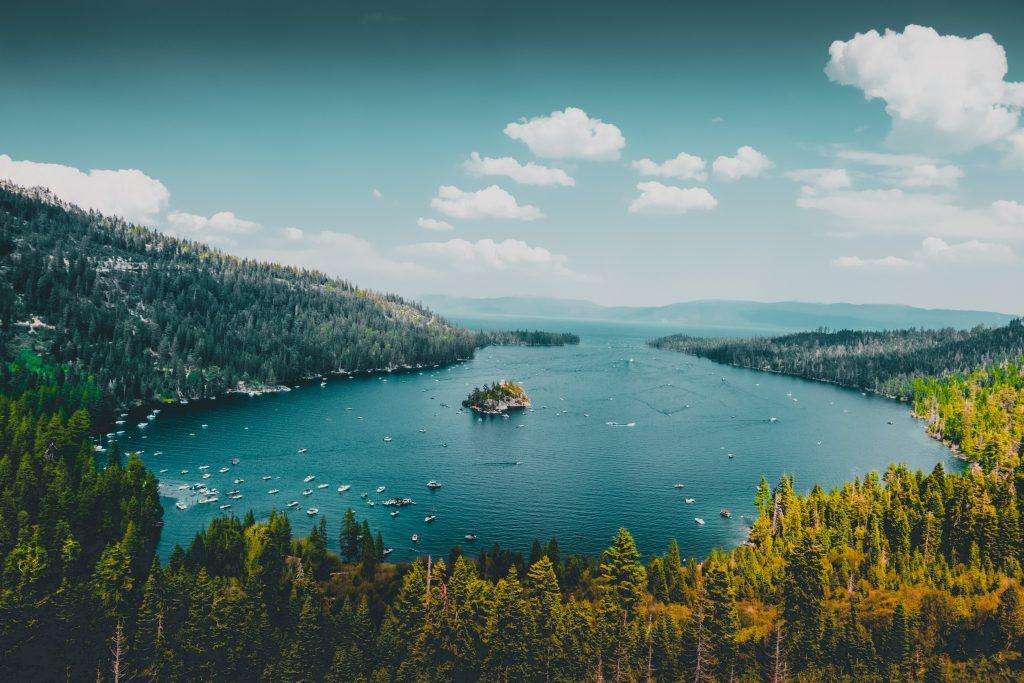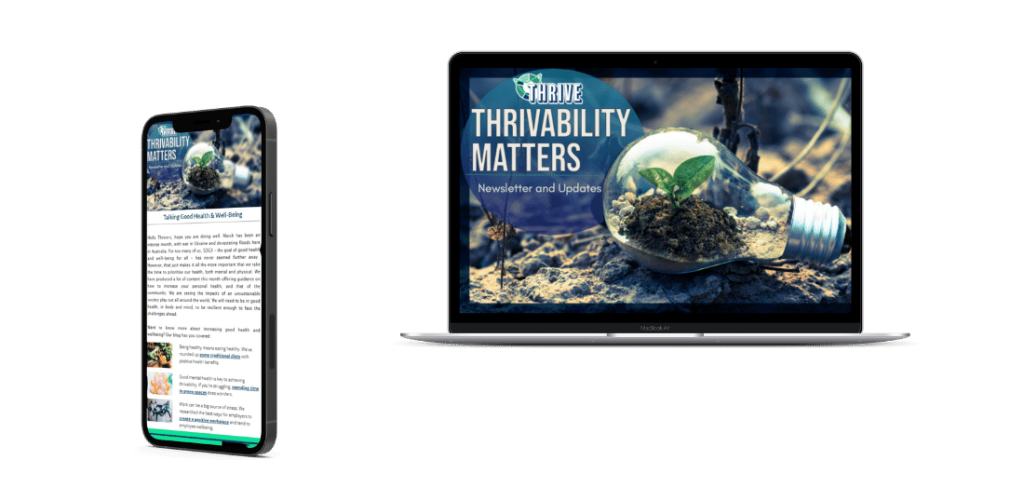Our planet is losing biodiversity at an alarming rate. In 2007 we were losing upwards of 150 species a day, and it likely has increased (Doyle, 2007). A UN report from 2019 estimates one million species are under threat of extinction, with many predicted to disappear in the coming decades.
What is Biodiversity Loss?
It is the variety of all life on Earth (European Parliament, 2020). We need complexity for ecosystems to exist and function. Biodiversity loss is the decline in the complexity of genes, species, and wildlife for a defined ecosystem (Rafferty, 2019). Humans are accelerating biodiversity loss through land use, sea change, climate change, species overexploitation, invasive species, disease, and pollution (Mulhern, 2020; IPBES, 2020).
As biodiversity continues to decline we are passing more and more tipping points. These tipping points lead to large domino effects, that if left unchecked, will cause catastrophic problems for people and the planet.
How can the loss of Biodiversity affect Humans?
1. Ecological Effects on the Food Web

Food chains (like the example above), show who eats whom within an ecosystem. It is a one-way flow of energy and nutrients from the lowest level of an ecosystem to the top (Rutledge et al., 2011). Ecosystems are made up of multiple interconnected food chains and energy flows in more than one direction, and so the term “food webs” are used to describe them on a holistic level (State of Victoria, n.d.)
All food chains begin with an autotroph, grass in the example above, who harness energy from a non-living source (Rutledge et al., 2011). If the autotroph population declines, like the grass being cleared, a chain reaction occurs. All members of the food chain above will be affected as the energy producer is lost. First, the grasshopper populations fall, followed by the predator frog, continuing all the way to the top of the chain.
What if eagles are removed? The snake population would rise, reducing predation level on frogs. Grasshopper populations will increase, with lower predation from frogs, and grass abundance will drop. These impacts flow from removing one species from a simple food chain. Complex food webs make up real ecosystems and removing a single species can have unforeseen domino effects.
The loss of wolves from Yellowstone national park provides a real-world example. Wolves were culled from the ecosystem in retaliation to predation on livestock from nearby farms (Farquhar, 2021). Deer and elk populations exploded with the removal of wolf predation (Farquhar, 2021). Overgrazing became prevalent and vegetation quality and amount plummeted. Butterfly and beaver numbers fell through domino effects (Mission Wolf, 2021).
Ecosystem domino effects are a direct result of biodiversity loss. As humans rely heavily on natural ecosystems, we are already seeing impacts as the next link in these chain reactions.
2. Negative Change in Local Livelihoods

Following the above food chain example, grasshoppers can destroy crop fields (Lupo, 2019). For instance, if the quality of crops reduces due to a lack of frogs (one of nature’s pest controls) or possibly an overpopulation of grasshoppers, the amount of yield produced by the local workers will decrease, thus reducing their income to survive (Reid, 2005). The lack of biodiversity will impact a lot of individuals and companies in the supply chain.
In Somalia, fishing is one of the most common livelihoods providing around 18,000 fish for communities (Mohamed and Simba, 2016). Tuna populations – which are commonly fished in waters on the nation’s coastline – have been decimated by overfishing from illegal, unreported, and unregulated (IUU) fishing (Ighobor, 2017). Large nets which catch juvenile fish and other bycatch are frequently used. The resulting loss in biodiversity leave Somalian fishermen struggling for income. These impacts cascade, and threaten the country’s economy and food supply (Rees, 2018). It is estimated that Somalia loses around $300 million annually to IUU fishing.
This type of domino effect is beginning to take place on a global scale and secondary businesses are beginning to suffer, as discussed further in problem five.
3. Loss of Natural Reserves

One of the main threats to biodiversity is land-use change. Australia is ranked highest in land clearing globally. Almost 30 species’ have gone extinct since European settlement, and over 1,700 are now listed as endangered (Kilvert, 2020).
Land (or sea) alterations include changing natural forests, bushland, or mangroves to farmland, specific tree plantations (e.g. palm oil), or mining sites (WWF, n.d.). If this continues unchecked, iconic landmarks such as the Great Barrier Reef or the Amazon Rainforest will disappear.
Land-use change not only disturbs biodiversity but the new use may have continuing negative impacts on surrounding ecosystems. Agriculture involves heavy irrigation (the agriculture industry uses 70% of our freshwater worldwide!) (OECD, n.d.) which can cause chemical run-off to oceans and river bodies. As a result, eutrophication, excessive algae bloom by an oversupply for nitrates and phosphates, or coral bleaching can occur (Chislock et al., 2013). Moreover, the anthropogenic sources of carbon dioxide (CO₂) in agriculture, industry, or urban areas, increase CO₂ in the atmosphere, which the ocean uptakes. This uptake reduces pH and leads to ocean acidification. The cellular processes of aquatic animals are put under high stress when the ocean nutrient balance is disturbed (Billé et. al, 2013).
4. Increase in Disease Susceptibility to Human Health

Biodiversity loss can have direct impacts on human health if ecosystem services are no longer adequate to meet social needs.
The ability for human health to ultimately THRIVE is a reflection of the state of the ecosystem and its resources. Precious resources such as food and drinking water are indispensable for high-quality human health and must be available if we want to survive. A loss of biodiversity will affect the natural gene pool that has provided humans’ foundation to survive (WHO, 2015). For example, this gene pool has provided our crops with the beneficial nutrients we, and other organisms, need to biologically function. A weak immune system will result from malnutrition due to the impairment of antibody production and white blood cells (Harvard, n.d.).
Traditional medicine relies on the existence of nature and the organism’s role in the ecosystem, which may have been extracted from plants. This form of treatment may have been used for centuries by local communities to treat diseases, but also used for modern scientific research (WHO, 2015) and which substantiates the need to prevent biodiversity loss.
Moreover, the transmission of zoonotic diseases like COVID-19 can be prevented if natural habitats are kept untouched. A report by IPBES stated that pandemics begin with “the same global environmental changes that drive biodiversity loss and climate change” (IPBES, 2020). This is because as we remove animal habitat, our chances of getting infected with these foreign microbes increase (Greenpeace, 2021).
5. Economical Effects

Though the effects might not be immediate, biodiversity loss poses a serious threat to a nation’s economic performance. For example, if insect pollinators such as bees, beetles, and flies drop in numbers (bees are currently declining), the growth of crops would suffer and hinder us from obtaining large yields of produce to sell, and the GDP would fall (Environmental Conscience, n.d.). The OECD estimated that USD 160-191 billion will be lost if all animal pollinators disappear (OECD, 2019).
Additionally, unsustainable foresting and farming can result in weaker soil structures (due to the removal of organic matter supporting soil) (Angers, n.d.). This situation is common in poorer countries, like Nigeria, where the repercussions of unstable soil will incur large damage to a person’s finances and investments if we continue to lose wildlife (Asuoha et al. 2019). Moreover, events of soil erosion are higher with weaker soil structures, which will affect the chemistry of the soil (Angers, n.d.).
Final Thoughts
Biodiversity decline will have many adverse impacts on our lives. Note that the above is only the largest and few handfuls of issues that can arise. Doing your part to protect biodiversity is quite straightforward. You can get involved by purchasing local produce, using recycled materials, respecting water resources, and taking walks!
It’s never too late to make a change! You can also get ideas for sustainable living by checking out our blog here. Finally, consider starting your sustainable journey by joining us at the THRIVE Project – where we can create a THRIVEable planet together.

